The software asset-management market is currently characterized by a dynamic competitive landscape, driven by the increasing need for organizations to optimize their software usage and manage costs effectively. Key players such as Microsoft (US), IBM (US), and Snow Software (SE) are at the forefront, each adopting distinct strategies to enhance their market positioning. Microsoft (US) focuses on integrating advanced analytics and AI capabilities into its offerings, thereby enabling clients to gain deeper insights into their software usage patterns. Meanwhile, IBM (US) emphasizes strategic partnerships and acquisitions to bolster its service portfolio, particularly in cloud-based solutions. Snow Software (SE) is carving out a niche by prioritizing sustainability in software management, appealing to environmentally conscious enterprises. Collectively, these strategies contribute to a competitive environment that is increasingly centered around innovation and customer-centric solutions.
In terms of business tactics, companies are increasingly localizing their operations to better serve regional markets, which appears to enhance responsiveness to local customer needs. The market structure is moderately fragmented, with a mix of established players and emerging startups vying for market share. This fragmentation allows for diverse offerings, yet the influence of major players remains substantial, as they set benchmarks for service quality and technological advancement.
In October 2025, Microsoft (US) announced the launch of its new software optimization tool, which leverages AI to provide real-time insights into software usage and compliance. This strategic move is significant as it not only enhances Microsoft's product suite but also positions the company as a leader in the integration of AI within software asset management, potentially attracting a broader customer base seeking innovative solutions.
In September 2025, IBM (US) completed the acquisition of a leading cloud management firm, which is expected to enhance its capabilities in software asset management. This acquisition is strategically important as it allows IBM to offer more comprehensive solutions that integrate cloud management with software asset optimization, thereby addressing the growing demand for hybrid cloud environments among enterprises.
In August 2025, Snow Software (SE) launched a new initiative aimed at promoting sustainable software practices among its clients. This initiative is noteworthy as it aligns with the increasing emphasis on corporate social responsibility, potentially differentiating Snow Software in a crowded market by appealing to organizations prioritizing sustainability in their operational strategies.
As of November 2025, the competitive trends in the software asset-management market are increasingly defined by digitalization, sustainability, and the integration of AI technologies. Strategic alliances are becoming more prevalent, as companies recognize the value of collaboration in enhancing their service offerings. Looking ahead, it is likely that competitive differentiation will evolve, shifting from traditional price-based competition to a focus on innovation, technological advancement, and supply chain reliability. This evolution suggests that companies that can effectively leverage technology and foster strategic partnerships will be better positioned to thrive in this rapidly changing landscape.


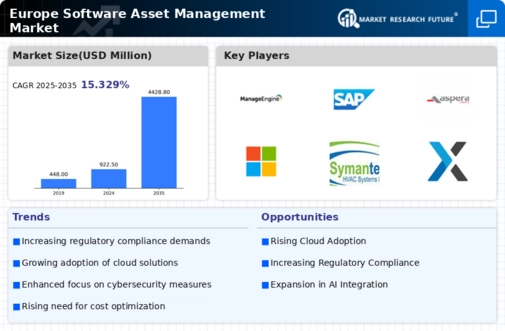
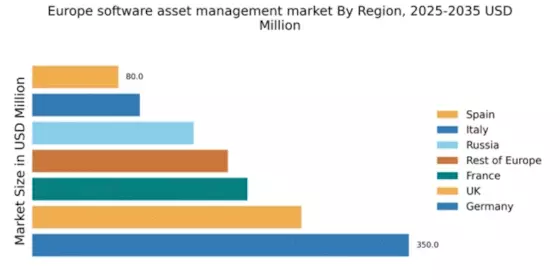
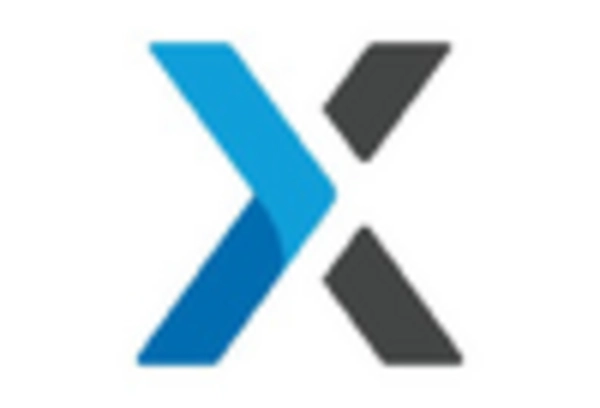



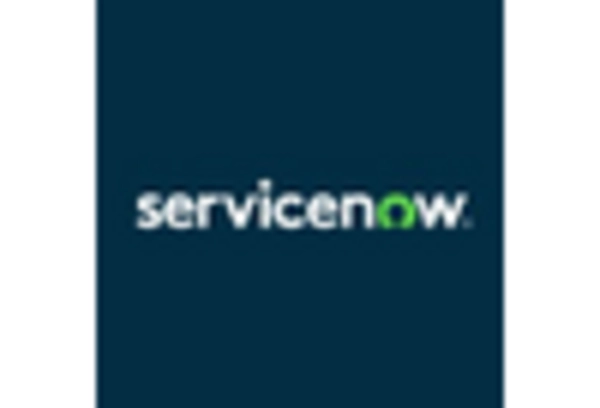
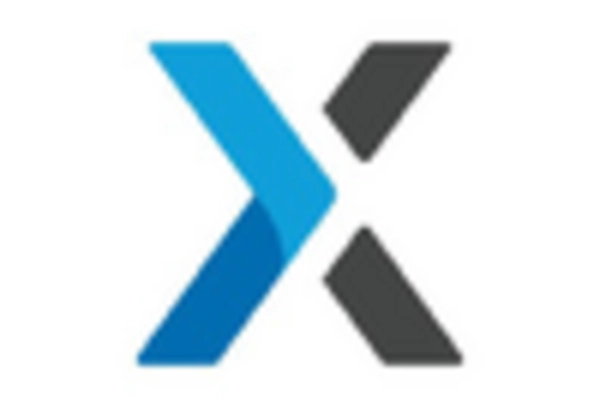








Leave a Comment